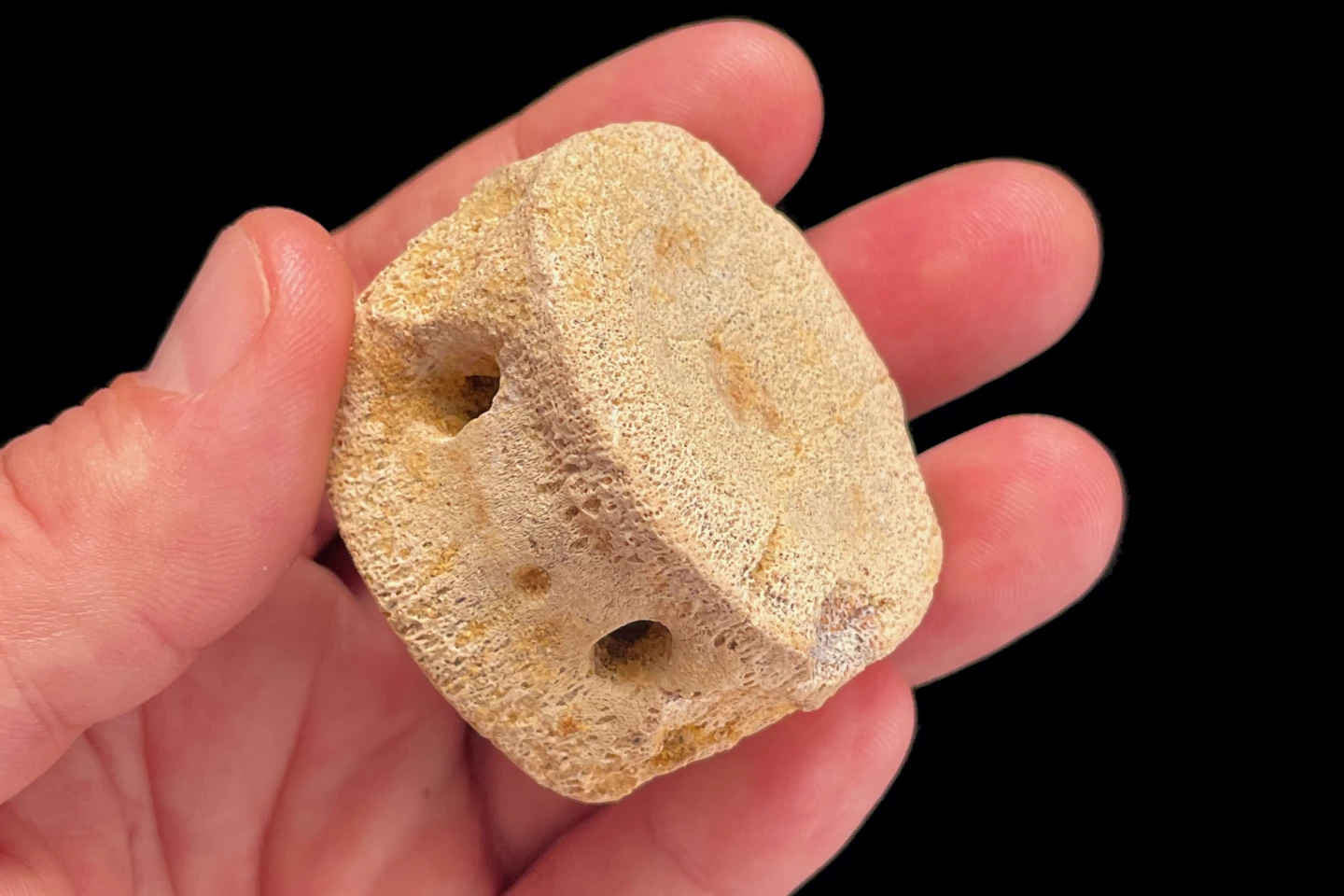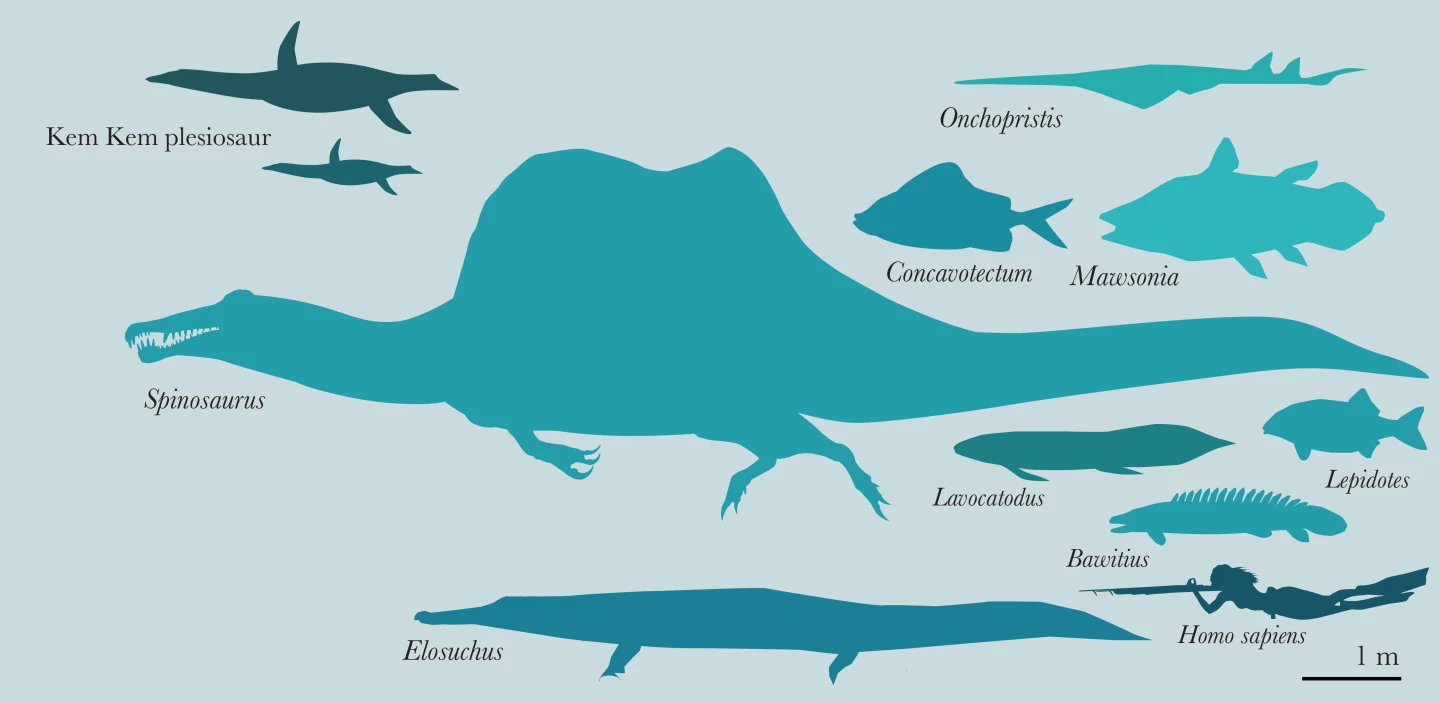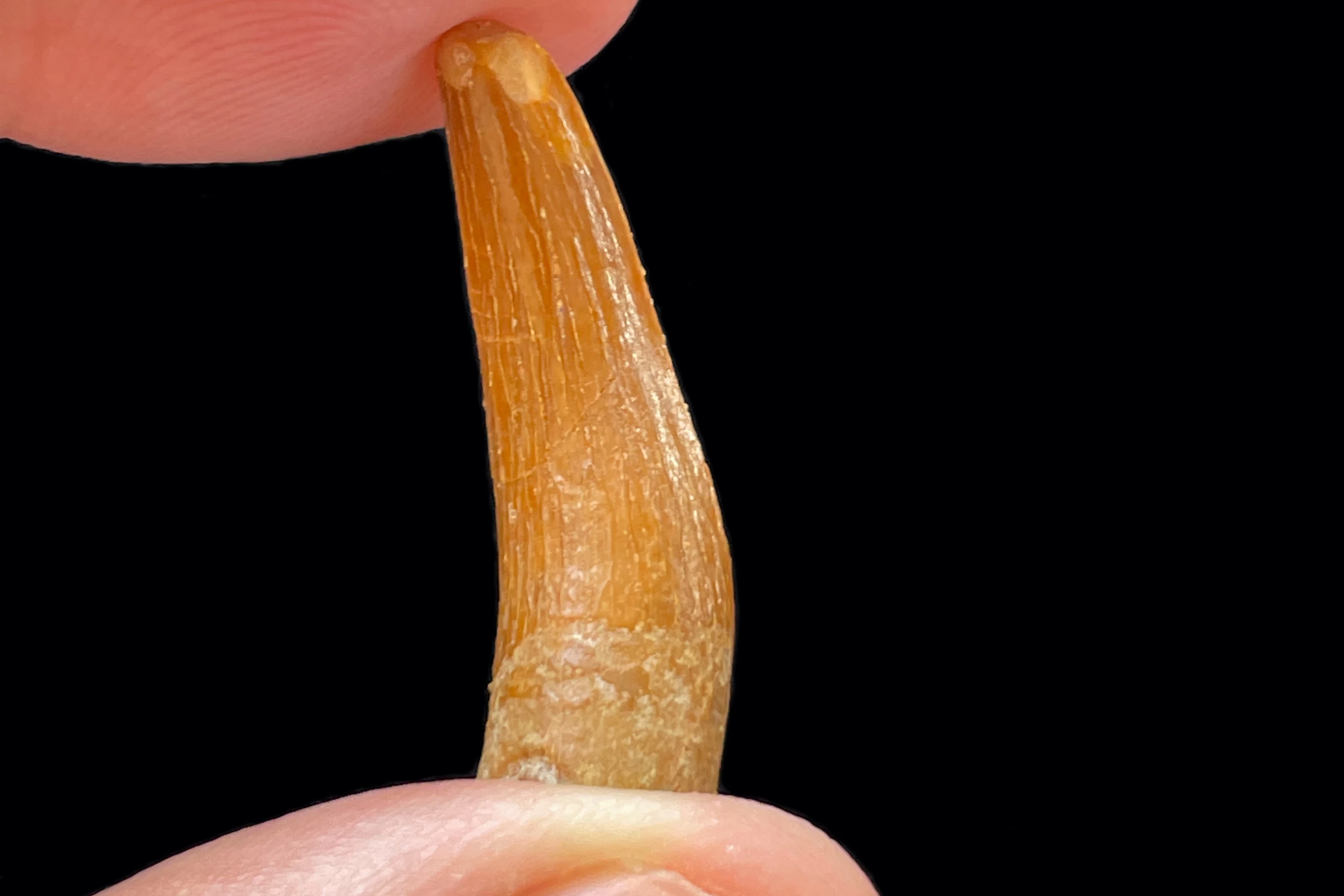While many people have long hoped that the Loch Ness monster is a present-day plesiosaur, skeptics have pointed out that plesiosaurs lived in the ocean. New research, however, now suggests that some of the creatures may have inhabited freshwater rivers.
Plesiosaurs were a group of prehistoric aquatic reptiles, characterized by their long necks, small heads, and four paddle-like flippers. They existed for approximately 150 million years, becoming extinct at the same time as the dinosaurs, 66 million years ago (some Nessie enthusiasts' theories notwithstanding).
In a recent study – conducted by the University of Bath and University of Portsmouth in the UK, and Université Hassan II in Morocco – scientists reported on plesiosaur fossils found in a 100-million year old former river system in what is now Morocco’s Sahara Desert. More specifically, the fossils were excavated from a deposit called the Kem Kem beds.
The remains belonged to a relatively small type of plesiosaur, as they consisted of bones and teeth from 3-meter-long (9.8-ft) adults, along with a forelimb bone from a 1.5-m (4.9-ft) juvenile. Body size estimates were based on previously discovered complete skeletons of the same family of plesiosaur, known as Leptocleididae.

"The bones and teeth were found scattered and in different localities, not as a skeleton," said U Bath's Dr. Nick Longrich, corresponding author of the study. "So each bone and each tooth is a different animal. We have over a dozen animals in this collection."
The teeth exhibit wear similar to that seen on fossil teeth of the semi-aquatic dinosaur Spinosaurus, which lived in the same river at the same time as the plesiosaurs. This is an important finding, as it suggests that the plesiosaurs fed on the same armoured fish as the dinosaurs.
If they did, that means they may have stayed in the river for extended periods – or even lived there permanently – as opposed to occasionally swimming in from the ocean for quick visits. Additionally, because a relatively large number of teeth were found, it's conceivable that the plesiosaurs stayed in the river long enough to shed and regrow teeth.

Finally, it should be noted that Leptocleididae remains have previously been discovered in brackish or freshwater fossil beds, although this latest batch is unprecedented. That said, the past existence of purely freshwater plesiosaurs is still far from certain.
"People ask, how can paleontologists know anything for certain about the lives of animals that went extinct millions of years ago? The reality is, we can’t always," said Longrich. "All we can do is make educated guesses based on the information we have. We’ll find more fossils. Maybe they’ll confirm those guesses. Maybe not."
A paper on the research was recently published in the journal Cretaceous Research.
Sources: University of Portsmouth, Nick Longrich







